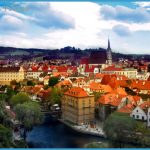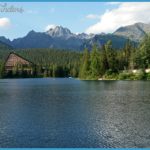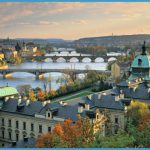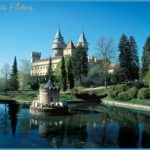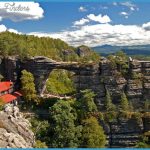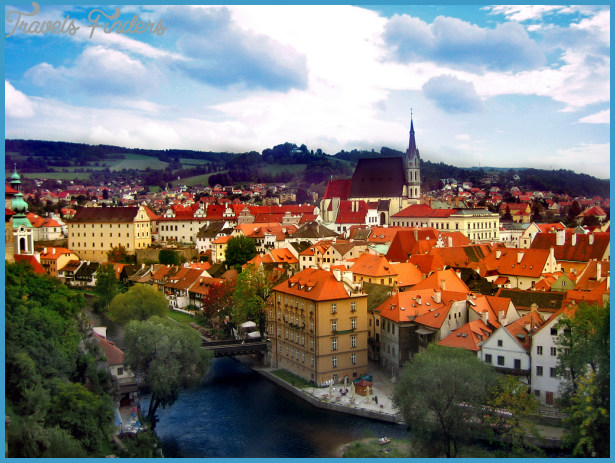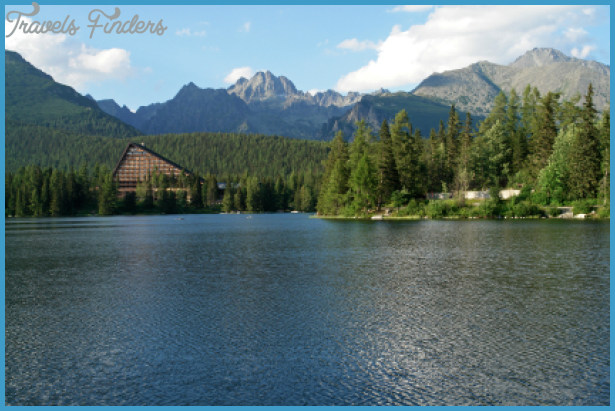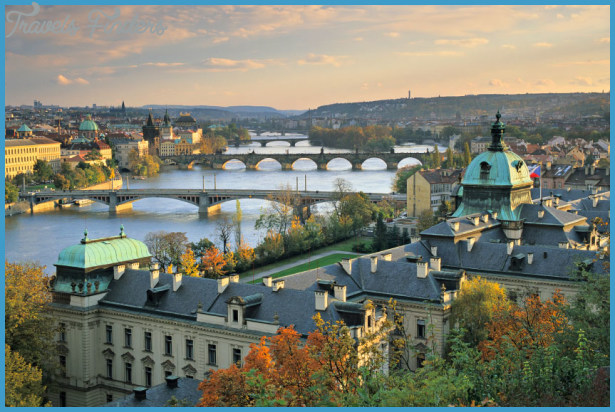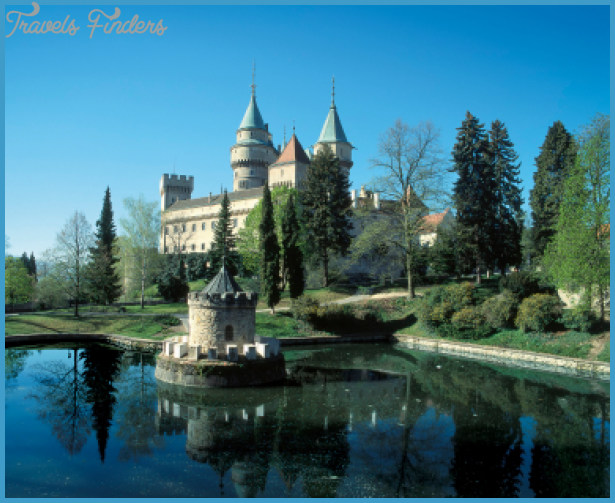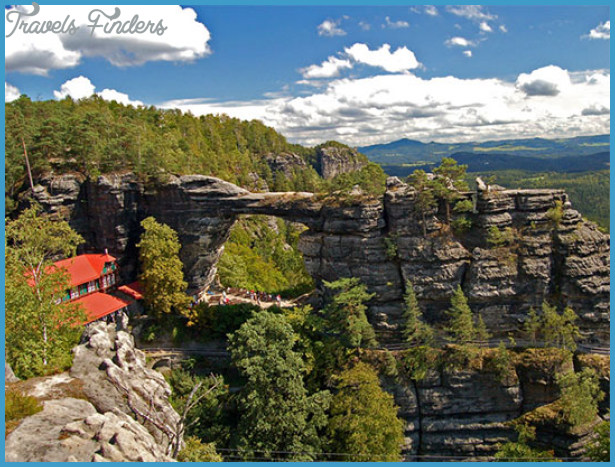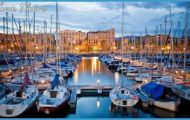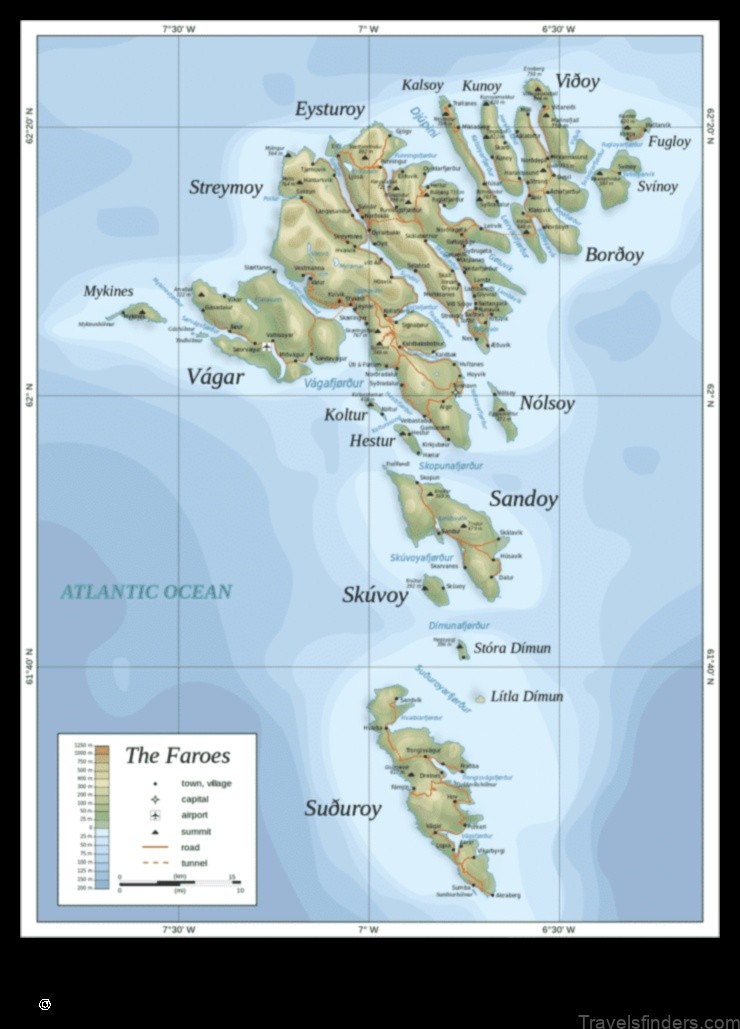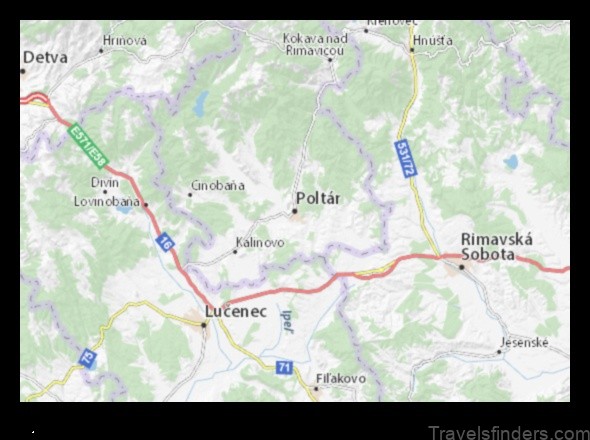Czechoslovakia has been famous for its watering spots for the elite since long before the Czechs were forcibly introduced to communism. Spas have thrived there since medieval times. About one thousand distinct natural sources of hot mineral water exist in the country. Prague is known for its historical buildings and as a cultural center. Other major cities are Bratislava, Ostrava, and Brno.
FIGURE 6.2 Castle hopping. A major experience for tourists to Czechoslovakia is visiting one of the some five hundred castles that are open to visitors. Hradcany Castle in Prague is pictured above.
The western part of Czechoslovakia, a rolling area surrounded by low mountains to the north, west and south, is politically and economically the most important part of the country. The central region is hillier than the west and has important coal and steel industries in the north. The east has rugged mountains in the central and northern part and lowlands in the south that are important for agriculture.
The country has a temperate climate. Lush springs and pleasant autumns alternate with cold summers and generally gloomy winters. Total precipitation in Prague, the capital, is low about twenty inches annually. About 2.2 million foreign visitors were reported for the year 1980, the vast majority from communist bloc neighbors. Cedok, the Czechoslovak State Travel Bureau, arranges much of the travel within Czechoslovakia.

